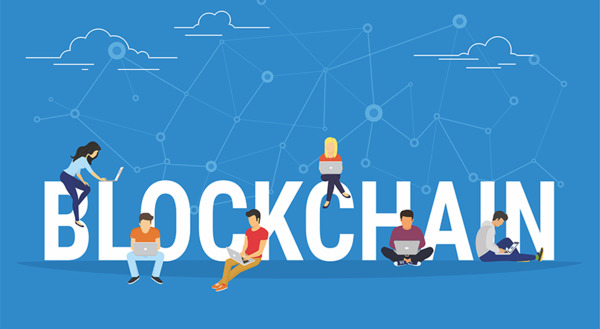6:59 PM Blockchain | |
|
The blockchain is an undeniably ingenious invention – the brainchild of a person or group of people known by the pseudonym, Satoshi Nakamoto. But since then, it has evolved into something greater, and the main question every single person is asking is: What is Blockchain? By allowing digital information to be distributed but not copied, blockchain technology created the backbone of a new type of internet. Originally devised for the digital currency, Bitcoin, (Buy Bitcoin) the tech community has now found other potential uses for the technology. In this guide, we are going to explain to you what the blockchain technology is, and what its properties are that make it so unique. So, we hope you enjoy this, What Is Blockchain Guide. And if you already know what blockchain is and want to become a blockchain developer please check out our in-depth blockchain tutorial and create your very first blockchain. Blockchain was invented by a person using the name Satoshi Nakamoto in 2008 to serve as the public transaction ledger of the cryptocurrency bitcoin. The identity of Satoshi Nakamoto is unknown. The invention of the blockchain for bitcoin made it the first digital currency to solve the double-spending problem without the need of a trusted authority or central server. The bitcoin design has inspired other applications, and blockchains which are readable by the public are widely used by cryptocurrencies. Blockchain is considered a type of payment rail. Private blockchains have been proposed for business use. Sources such as Computerworld called the marketing of such blockchains without a proper security model "snake oil". /From Wikipedia/ The result is a system for digital interactions that does not need a trusted third party. The work of securing digital relationships is implicit — supplied by the elegant, simple, yet robust network architecture of blockchain technology itself. In the case of blockchain technology, private key cryptography provides a powerful ownership tool that fulfills authentication requirements. Possession of a private key is ownership. It also spares a person from having to share more personal information than they would need to for an exchange, leaving them exposed to hackers. Authentication is not enough. Authorization – having enough money, broadcasting the correct transaction type, etc – needs a distributed, peer-to-peer network as a starting point. A distributed network reduces the risk of centralized corruption or failure. This distributed network must also be committed to the transaction network’s recordkeeping and security. Authorizing transactions is a result of the entire network applying the rules upon which it was designed (the blockchain’s protocol). How Can I Buy Bitcoin? The first step is to set up a wallet to store your bitcoin – you will need one, whatever your preferred method of purchase. This could be an online wallet (either part of an exchange platform, or via an independent provider), a desktop wallet, a mobile wallet or an offline one (such as a hardware device or a paper wallet). Cryptocurrency exchanges will buy and sell bitcoin on your behalf. There are hundreds currently operating, with varying degrees of liquidity and security, and new ones continue to emerge while others end up closing down. As with wallets, it is advisable to do some research before choosing – you may be lucky enough to have several reputable exchanges to choose from, or your access may be limited to one or two, depending on your geographical area. Most exchanges accept payment via bank transfer or credit card, and some are willing to work with Paypal transfers. And most exchanges charge fees (which generally include the fees for using the bitcoin network). Each exchange has a different procedure for both setup and transaction, and should give you sufficient detail to be able to execute the purchase. If not, consider changing the service provider. Once the exchange has received payment, it will purchase the corresponding amount of bitcoin on your behalf, and deposit them in an automatically generated wallet on the exchange. This can take minutes, or sometimes hours due to network bottlenecks. If you wish (recommended), you can then move the funds to your off-exchange wallet. | |
|
| |
| Total comments: 0 | |



